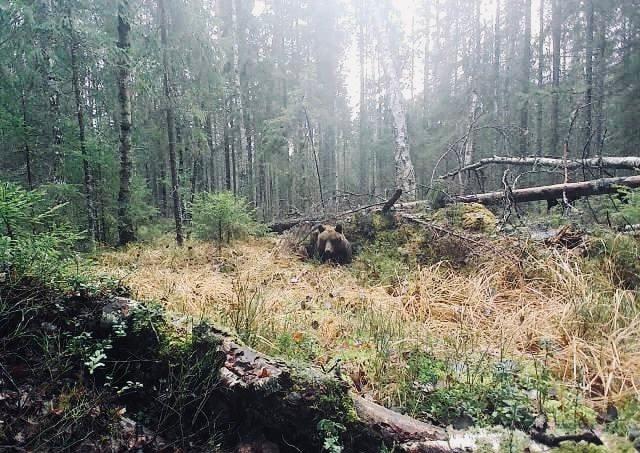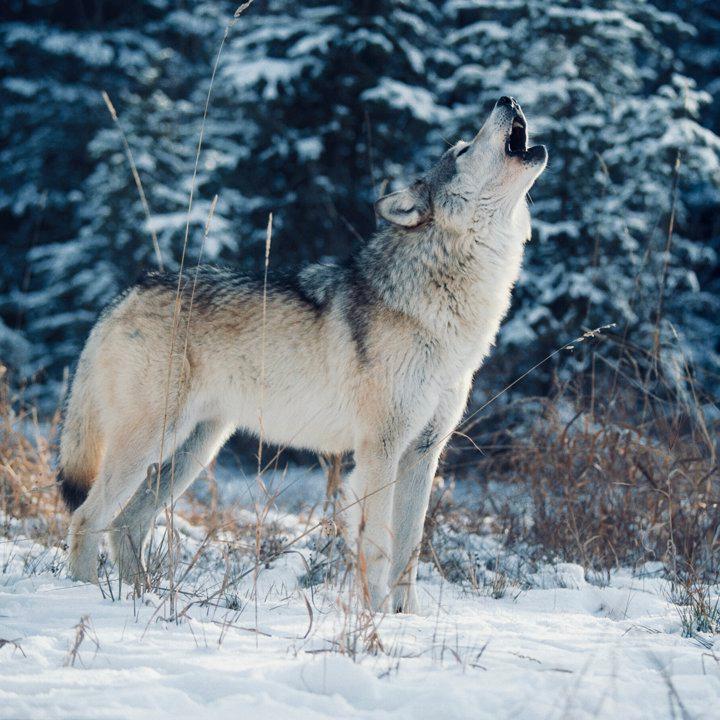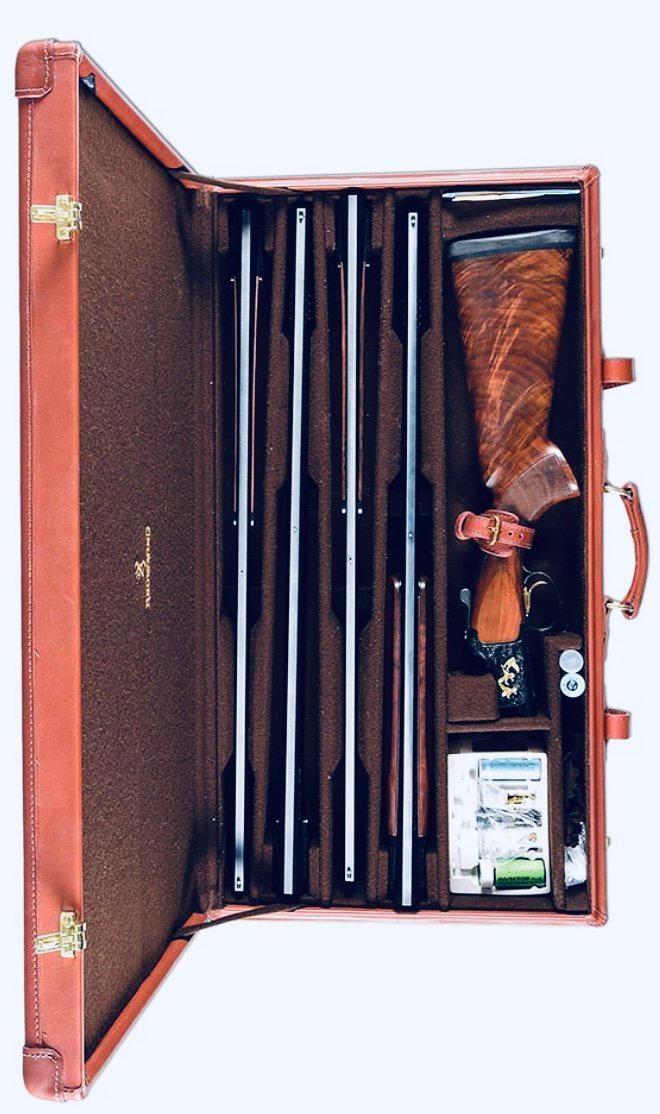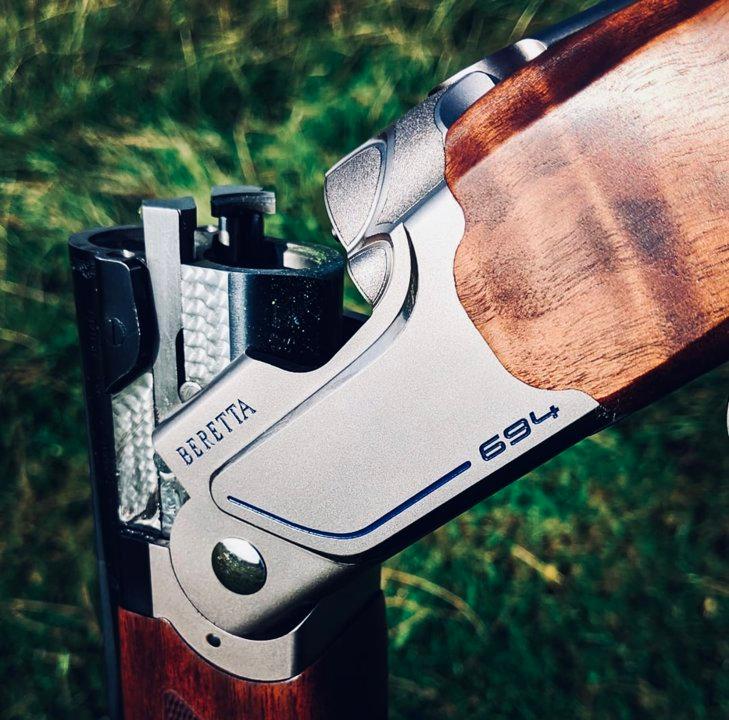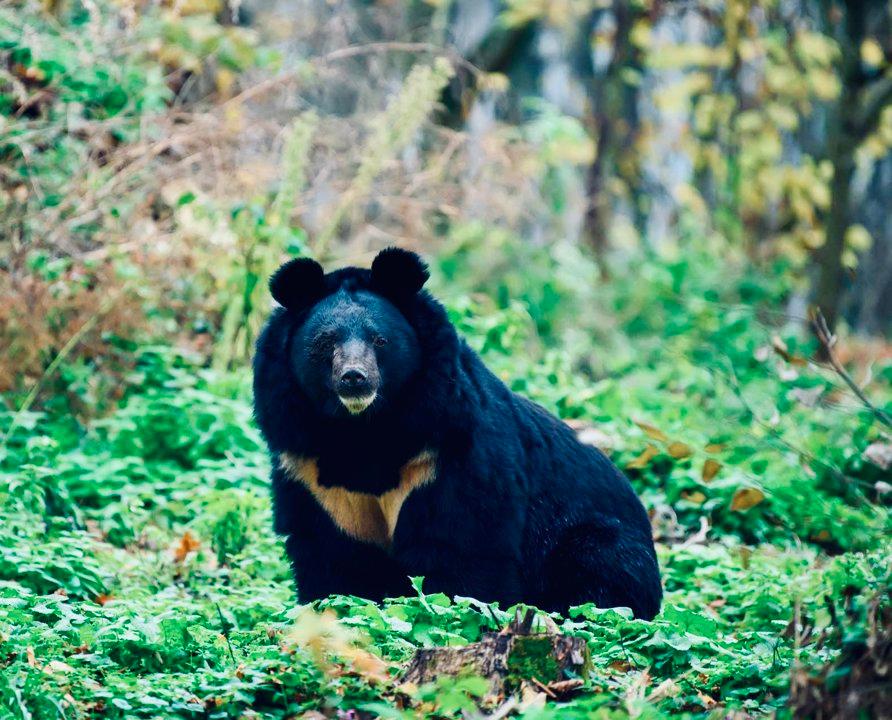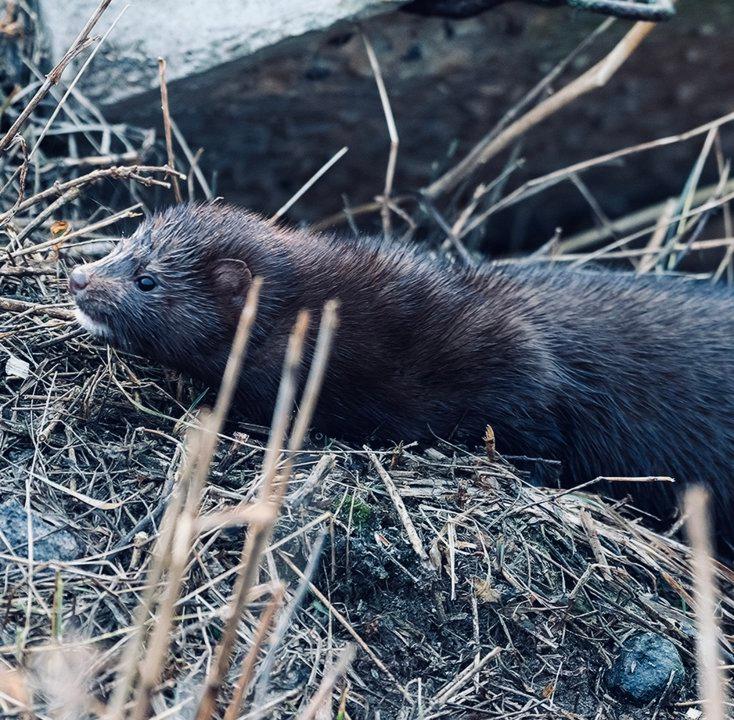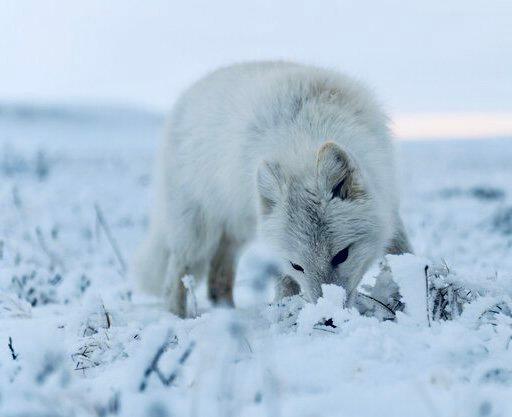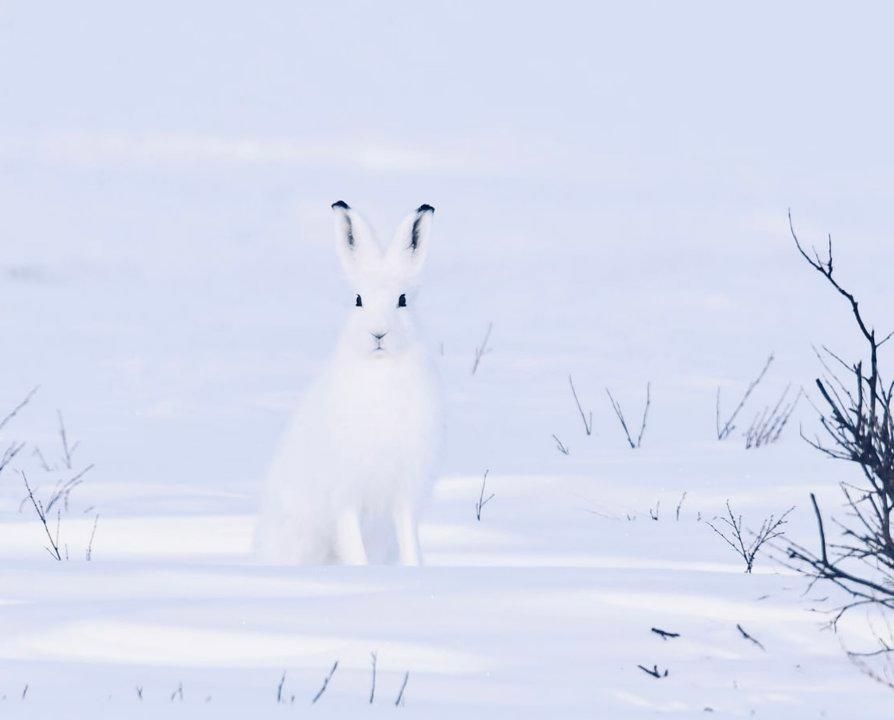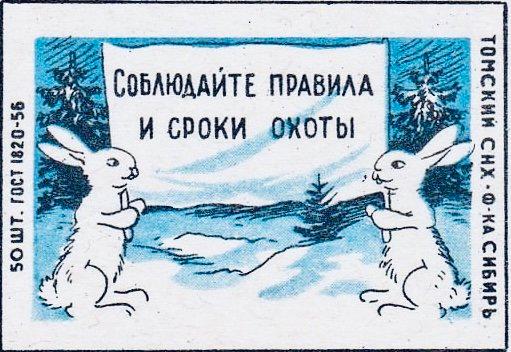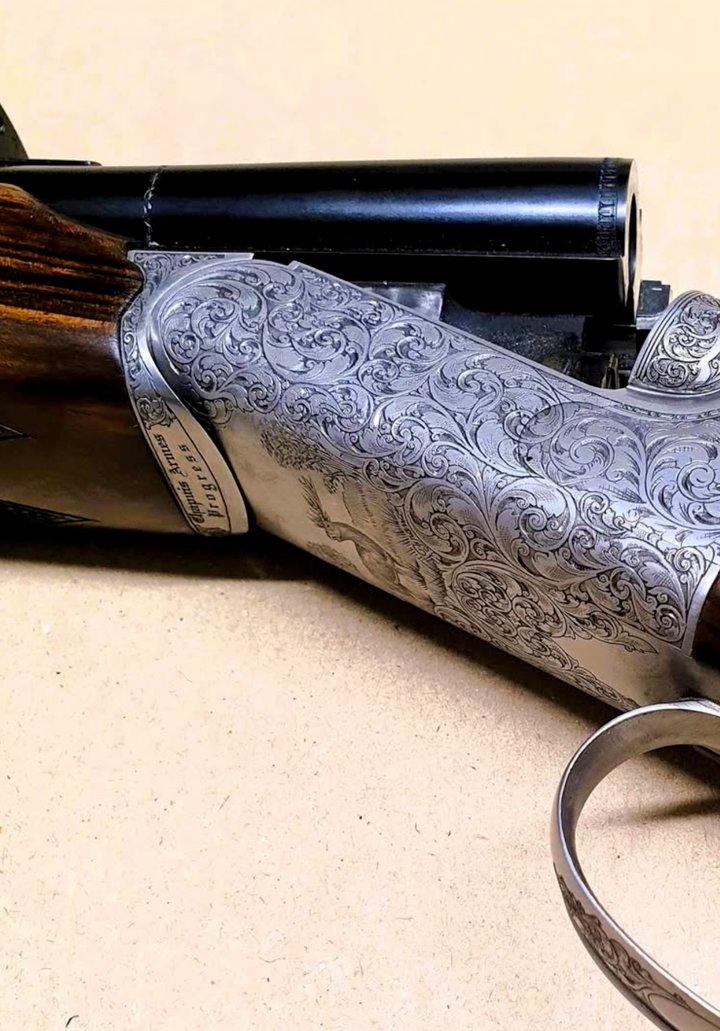News - UH.app Explorer
This magnificent beast was taken today at 300 meters — clean shot, perfect moment. One for the books.
Sauer 505 ErgoLux Rifle Review: History, Specs, Ballistics, Hunting Use & Expert Insights
The Sauer 505 ErgoLux is a premium bolt-action rifle designed for hunters and precision shooters who demand e
СУРОК СЕРЫЙ (алтайский): описание, охота на сурка, повадки, где обитает, методы добычи и трофейная ценность
1. Введение: что за грызун алтайский сурок?
Серый сурок (Marmota baibacina), также известн
Belarus is placing increasing emphasis on hunting tourism and aims to establish it as a distinct and competitive segment of its national tourism industry. With abundant wildlife, well-preserved natura
Перспективы развития охотничьего туризма в Беларуси: устойчивый рост, международный интерес и вызовы отрасли
4 ноября 2025 года в Национальном пресс-центре Республики Беларусь состоялась пресс-конфер
Медведь примеряется к берлоге в нижегородском лесу
Наступают морозы, и дикие животные уже активно готовятся к зиме. В лесах Нижегородской области фотоловушка зафиксировала редкие кадры: взрослый буры
В Беларуси ноябрь объявили месяцем охотничьего туризма, сообщили в Национальном агентстве по туризму.
— Беларусь, стремясь к развитию разнообразных туристических направлений, внедрила системный подхо
En Alberta, une étude analyse l’impact du bruit industriel sur la chasse à l’orignal
Des chercheurs et des chasseurs collaborent dans le nord de l’Alberta pour mesurer comment le bruit des activités
Alberta Hunter Airlifted to Hospital After Grizzly Bear Attack Near Cochrane
A man in his 30s was seriously injured in a grizzly bear attack while hunting near Cochrane, Alberta, and was flown to Fo
Faut-il partager les tableaux de chasse sur les réseaux sociaux? Le débat divise les chasseurs
Un communiqué du Club National des Bécassiers relance le débat sur la publication des tableaux de chass
27 chiens de chasse meurent d’asphyxie lors d’une traversée maritime entre Barcelone et Majorque
Le 1er novembre 2025, un tragique incident a coûté la vie à 27 chiens de chasse transportés à bord d’
Fréjus: 450 € d’amende pour ceux qui nourrissent les sangliers
Face à la prolifération des sangliers dans les zones urbaines de Fréjus, la municipalité rappelle que les habitants s’exposent à une am
ИЖ-25: ружьё для охоты и стендовой стрельбы –обзор, характеристики, модификации, отзывы
📌 Оглавление описания ружья ИЖ25
1. История создания
2. Конструкция и устройство
3. Технические характеристик
В Рязанской области начнётся регулирующая охота на диких животных
В Рязанской области егеря планируют начать регулирующую охоту на диких животных из-за неконтролируемого роста популяции некоторых вид
ВОЛК: описание, охота на волка, методы, сроки, трофей — как, где и когда охотиться на серого хищника.
1. Введение: что за животное ВОЛК?
Волк — один из самых уважаемых и опасных объектов охоты в Рос
Bonne fête de Saint Hubert !
ИЖ-15 — комбинированное охотничье ружье: обзор, характеристики, калибры, конструкция, отзывы, баллистика.
Краткое оглавление описания ИЖ 15:
• История создания ИЖ-15
• Конструкция и особенности мех
ЗУБР: описание, охота на зубра, где обитает, повадки, методы, лицензия, цена, трофеи и правила.
1. Введение: что за животное ЗУБР ИЛИ БИЗОН?
Зубр — крупнейший представитель диких копытных Европы, из
ТОЗ-57: Обзор ружья — отзывы, характеристики, модификации, баллистика, модели, цена.
🔹 Краткое оглавление описания ТОЗ-57:
1. История создания спортивно-охотничьего ТОЗ-57
2. Конструкция и особенно
КАРАКАЛ: описание, охота на каракала, повадки, где обитает, методы добычи, трофейная ценность и рекомендации охотникам.
1. Введение: Каракал — степная рысь, черноухий хищник
Каракал (лат. Caracal ca
Browning Citori Four-Barrel Skeet Set Grade VII Shotgun Review: History, Specs, Ballistics & Collector Insights
The Browning Citori Four-Barrel Skeet Set Grade VII Shotgun is a masterpiece of enginee
ОХОТА РУССКАЯ: история, традиции, борзые, гончие и великие охотники — всё о великом промысле
Охота русская — это не просто способ добычи зверя, это культурный пласт, вплетённый в историю, быт и миров
РЫСЬ: описание, охота на рысь, повадки, методы, оружие, трофей, лицензия – справочник охотника.
1. Введение: что за охотничье животное РЫСЬ?
Рысь (Lynx lynx) — крупный хищник из семейства кошачьих,
Beretta 694 Sport: обзор ружья 12 калибр, характеристики, отзывы, баллистика, цена
📌 Оглавление:
1. История создания Beretta 694 Sport
2. Конструкция и механизмы
3. Калибры, длина стволов и чоки
4
МЕДВЕДЬ ГИМАЛАЙСКИЙ: описание, охота на гималайского медведя, методы, оружие, трофей, лицензия.
1. Введение: что за зверь ГИМАЛАЙСКИЙ?
Гималайский медведь (Ursus thibetanus) — хищник из семейства ме
В посёлке Сагра, недалеко от Екатеринбурга, власти запустили программу контролируемой охоты на диких кабанов, которые в последнее время стали активно появляться на улицах населённого пункта и вызывали
Wood ducks weren’t working the spread, so I switched to stalking. Got in close, made clean shots, and the dog handled the retrieves like a pro. Hard not to admire those birds — stunning in flight and
Browning Citori 725 Field Shotgun Review: History, Features, Ballistics, Hunting Use, and Real-World Performance
Table of Contents Browning Citori 725 FIELD
1. Introduction: What Makes the Citori 72
ЛИСИЦА: описание, охота на лису, повадки, методы, оружие, трофей, лицензия — полное руководство для охотников
1. Введение: что за зверь ЛИСА?
Лисица обыкновенная (Vulpes vulpes) — один из самых расп
ТОЗ-55 «Зубр»: охотничий штуцер, обзор, характеристики, отзывы, калибры
Краткое оглавление статьи ТОЗ-55 «Зубр»:
• История создания ружья ТОЗ-55 «Зубр»
• Конструкция и особенности механизма
• Модифи
СУРОК БАЙБАК: описание, охота на сурка байбака, где обитает, сезон и методы добычи.
1. Введение: что за степной зверь БАЙБАК?
Сурок байбак — один из самых узнаваемых охотничьих грызунов России. В ох
Beretta 1301 Comp PRO Shotgun Review: Full Specs, History, Ballistics, Accessories & Hunting Use
Table of Contents 1301 Comp PRO:
1. Introduction to the Beretta 1301 Comp PRO
2. History and Evolutio
Trophy buck taken down last night — what a hunt!
ТОЗ-54: охотничье ружьё с внешними курками — обзор, отзывы, характеристики, история.
Оглавление:
1. История создания ТОЗ-54
2. Конструкция и особенности механизма
3. Калибры и технические характерис
НОРКА АМЕРИКАНСКАЯ: описание, охота на норку, повадки, трофейная ценность — всё для охотника
1. Введение: что за зверек американская норка?
Американская норка (Neogale vison), в охотничьем жаргоне —
ОХОТА НА УТКУ ОСЕНЬЮ в России: методы, сроки, правила, цена, советы и интересные факты
Осенняя охота на утку — один из самых увлекательных и доступных видов охоты в России. С наступлением холодов утк
ИЖ-94 «Тайга»: обзор охотничьего комбинированного ружья — калибры, история, характеристики, модификации, отзывы и баллистика
🔷 Оглавление
1. История создания ИЖ-94 «Тайга»
2. Конструкция и устройст
СОНЯ САДОВАЯ: описание, охота на соню, повадки, методы охоты, трофейная ценность и правила добычи, фото.
1. Введение: что за зверек СОНЯ САДОВАЯ
Соня садовая (Eliomys quercinus) — мелкий ночной грыз
Best Long Blade Knives for Hunting: Clean Kills and Outdoor Adventures
Click on below 30 product links for review and purchase online;
1- https://amzn.to/48RAN4Z
2- https://amzn.to/49fMWB5
3- https:
Карабин МЦ–125 ЦКИБ СОО: элитное охотничье оружие с историей, точностью и редкостью, достойной генсеков
Подробный обзор охотничьего карабина МЦ125 — от истории создания до технических характеристик и
КРОЛИК ДИКИЙ: описание, охота на дикого кролика, повадки, методы, трофеи и правила, фото.
1. Введение: что за заяц - дикий кролик?
Дикий кролик (Oryctolagus cuniculus), также известный как европейск
ИЖ-56 БЕЛКА: обзор ружья для охоты, история, характеристики, калибры, отзывы, фото.
🔹 Краткое оглавление обзора ИЖ БЕЛКА 56
1. История создания ИЖ-56 «Белка»
2. Конструкция и особенности механизма
ПЕСЕЦ: описание и фото, охота на полярную лисицу в России — где обитает, повадки, методы, трофеи и правила
---
1. Введение: что это за животное зверек ПЕСЕЦ?
Песец (Vulpes lagopus) — хищное млекопи
Калибр 6.5 Creedmoor: история патрона, характеристики мм, оружие, отзывы
История появления патрона 6.5 Creedmoor
Патрон 6.5 Creedmoor был разработан в 2007 году американской компанией Hornady Manufa
ЗАЯЦ БЕЛЯК: описание, охота на зайца-беляка, фото следов, методы, оружие, трофеи и правила охоты.
1. Введение:
Заяц-беляк (Lepus timidus) — один из самых популярных объектов охоты в северных регион
На кого открыта охота в ноябре 2025 года в России: какая охота сейчас, сроки охоты осенью
Сроки охоты в ноябре 2025 года по регионам России. Узнайте, на кого сейчас открыта охота и где можно, какие в
Au poste dans les magnifiques bocages de Notre Bourbonnais
The Chapuis Progress REX Artisan 9.3x74R: A Masterpiece of French Craftsmanship for Big Game Hunting
If you’re searching for the ultimate express rifle for driven hunts or stalking large game, the Ch






